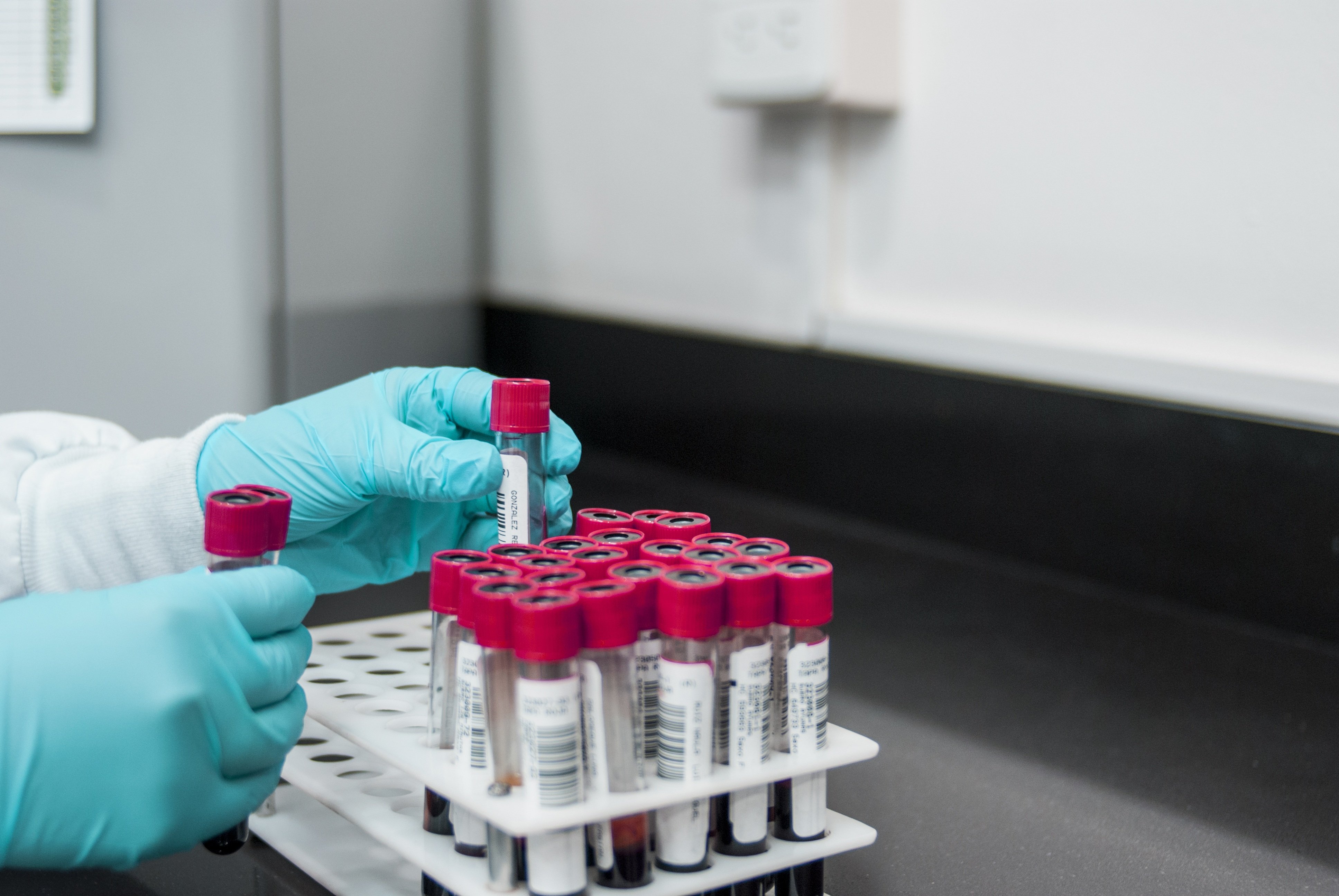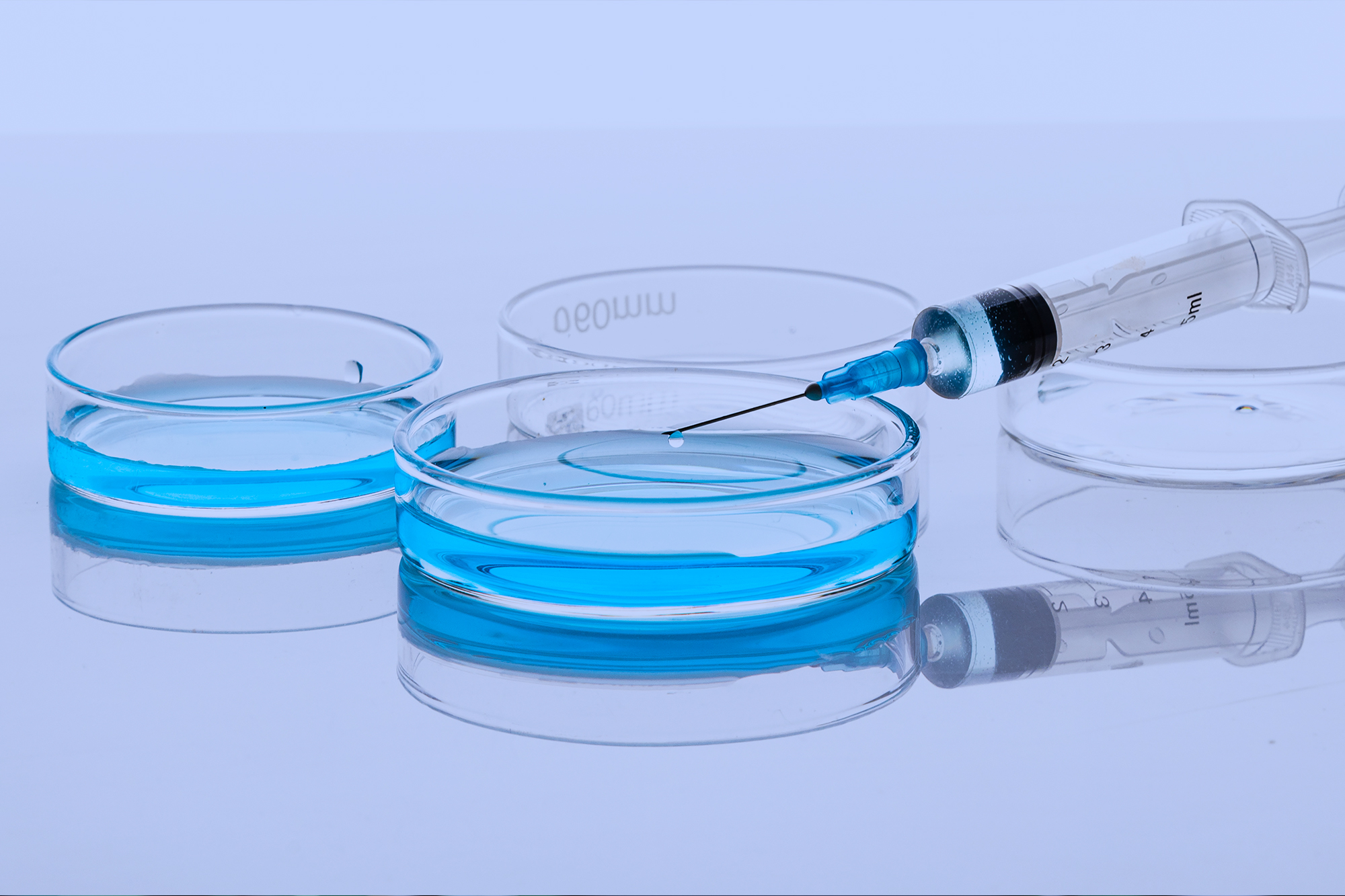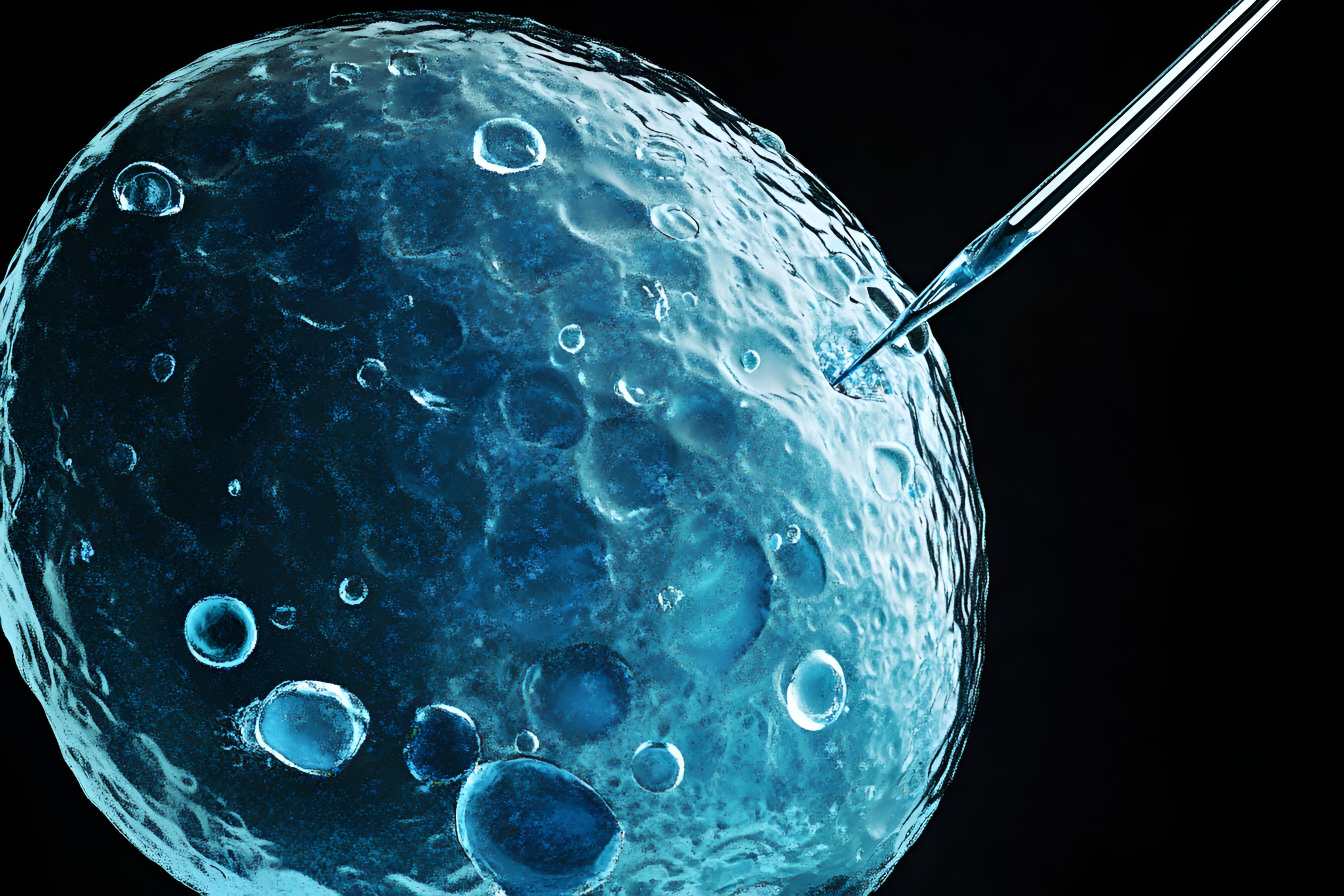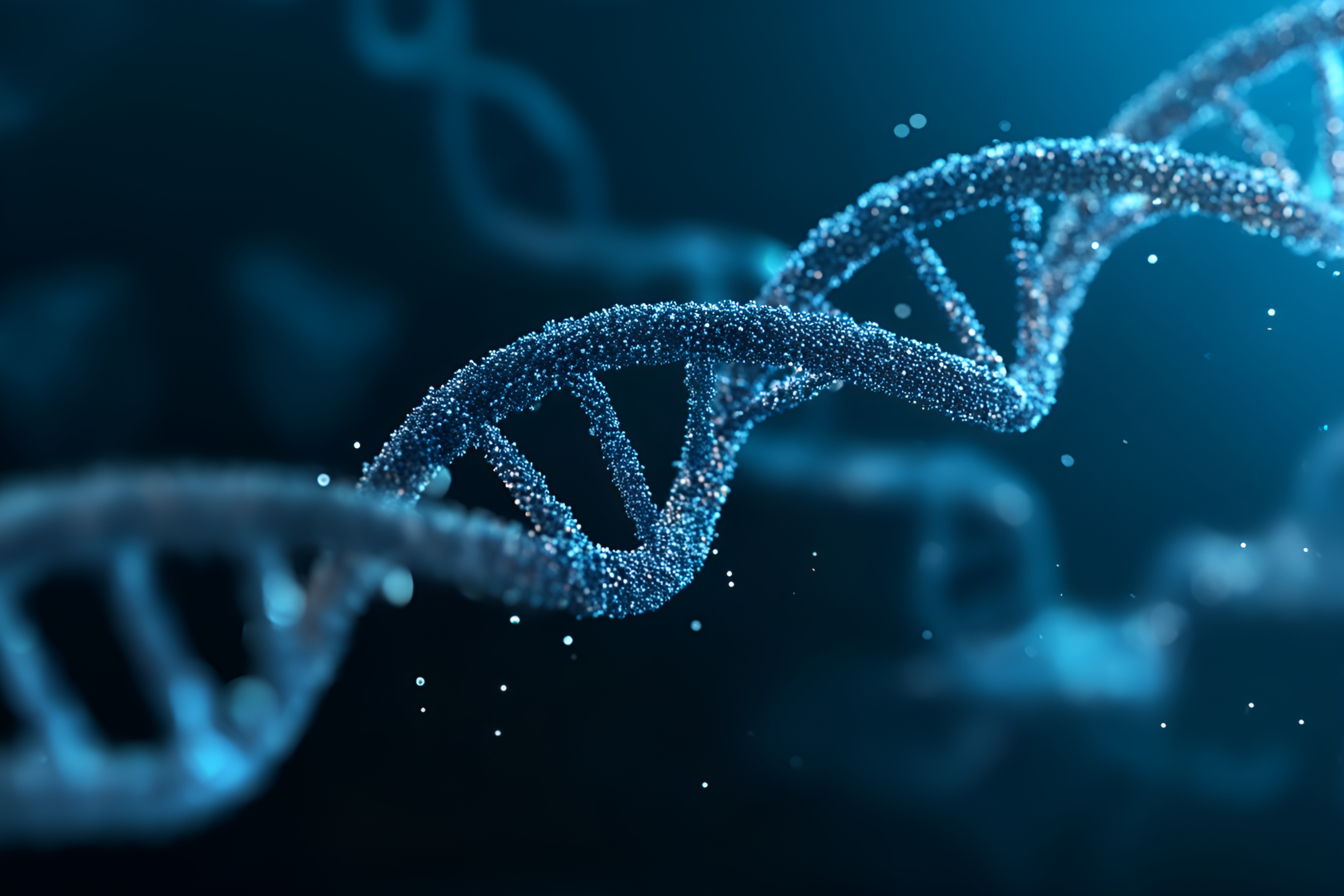How to choose a dry bath
A dry bath is also called a metal bath,is a commonly used laboratory device for constant-temperature heating. It employs an electric heater to warm a metal block made of high thermal conductivity material, which is designed with multiple precisely machined wells. By means of heat conduction, the instrument provides uniform heating or incubation for sample tubes inserted into these wells.
Dry Baths vs Water Baths
| Feature | Water Bath | Dry Bath |
| Heating medium | Water (or silicone oil) | Metal block (e.g., aluminum, silver alloy) |
| Temperature range | RT ~ 99 °C | RT ~ 150 °C |
| Heating rate | Slow | Fast |
| Capacity | Large-volume samples (measured in L) | Small-volume, fixed samples (measured in mL) |
| Special applications | Volatile, toxic samples and large-volume solutions | Samples sensitive to water vapor or prone to contamination |
Common Application Scenarios

PCR experiments

Enzymatic reactions

Protein processing

Microbiology experiments

Cell culture

Heat-shock transformation
How to Choose a Reliable Dry Bath for Your Lab? These 6 factors help you make choices faster
Definition
Cooling Function
Cooling
>100°C
Definition
For example, ±0.5°C accuracy means that when the display shows 100.0°C, the actual temperature ranges from 99.5°C to 100.5°C.
Existing deviations
Temperature Uniformity
Definition
The variation in temperature across different points within the working area.
For example, ±0.1°C uniformity indicates that the temperature difference between any two points in the block does not exceed 0.2°C.
Comparison between Water Bath and Dry Bath
Water Bath (Macro uniformity)
Dry Bath (Local uniformity)
≤±0.5℃
≤±0.3℃
Heating Rate
1.Fast heating (from RT to high temperature)
| Start Temperature | Target Temperature | Typical Application |
| Room temp (~25°C) | ~95°C | PCR pre-denaturation, hot start |
| Room temp (~25°C) | ~65–72°C | PCR extension step |
| 4°C (from fridge) | ~42°C | Bacterial heat-shock transformation |
| Room temp (~25°C) | >70°C | Enzyme inactivation |
2.Slow heating
| Start Temperature | Target Temperature | Typical Application |
| 30°C | ~42°C (gradual) | Induction of certain prokaryotic protein expression |
| Specific low temp | Specific high temp | Materials science, chemical synthesis research |
| Start Temperature | Target Temperature | Typical Application |






















